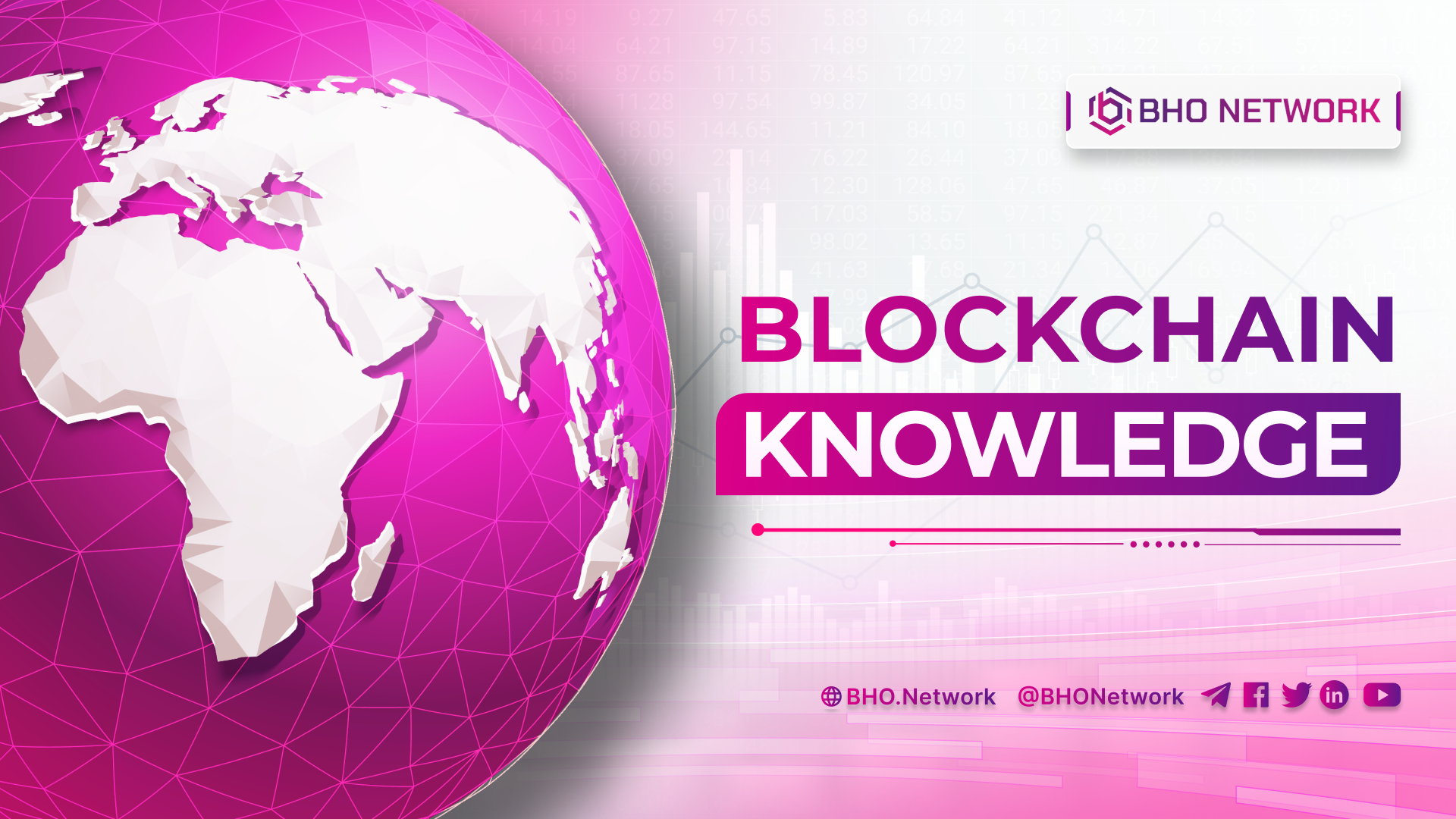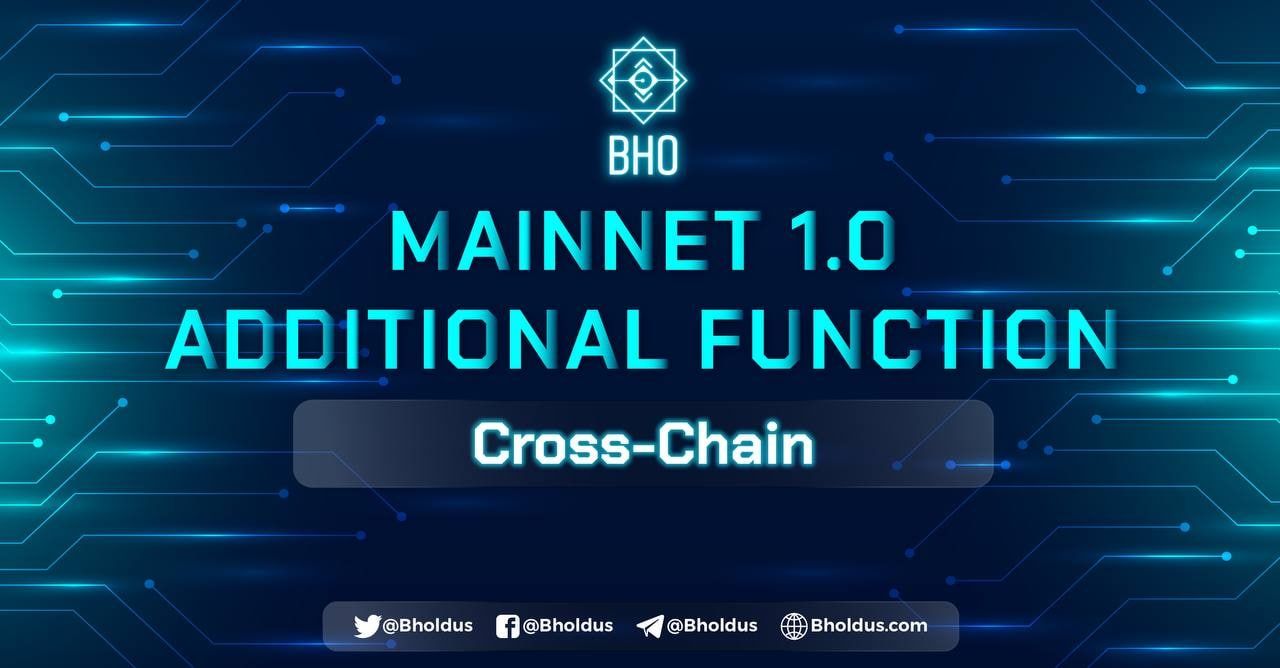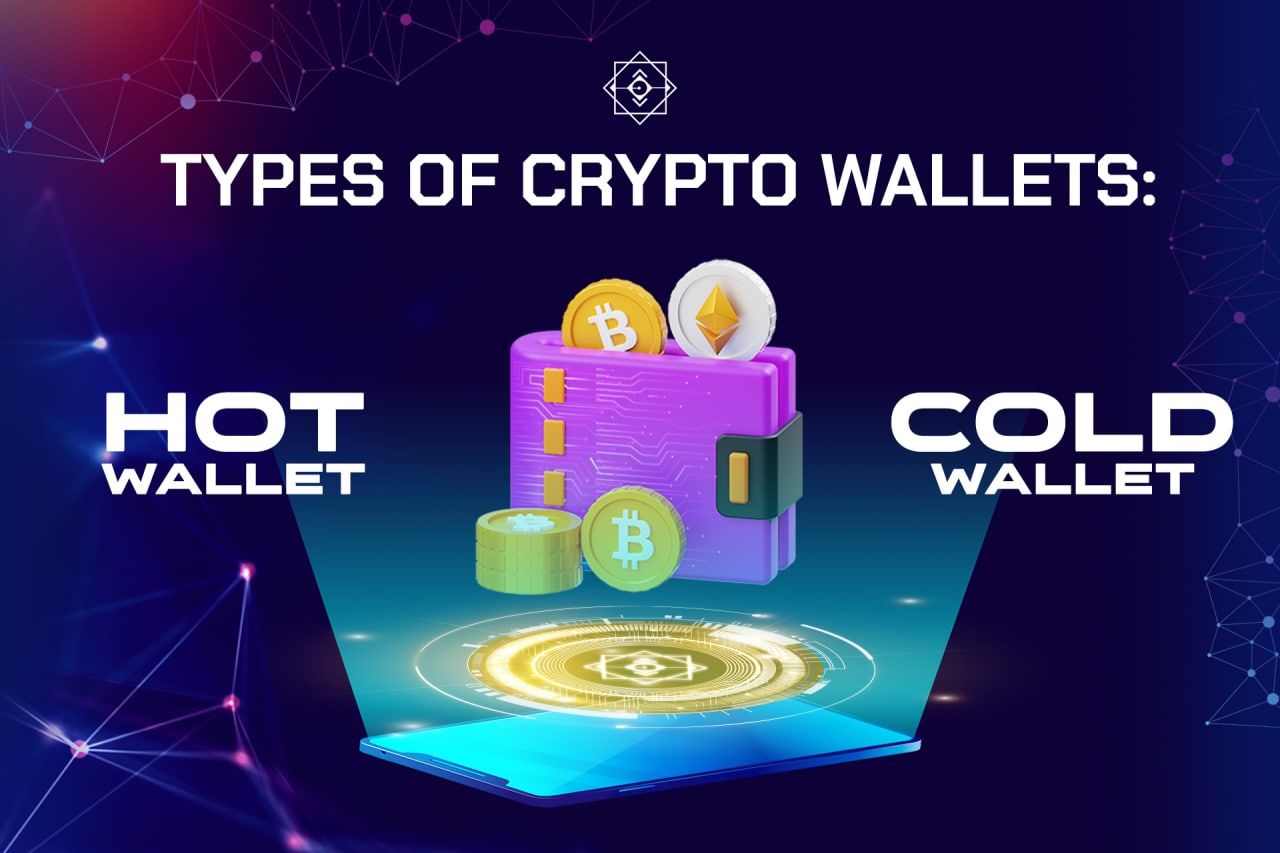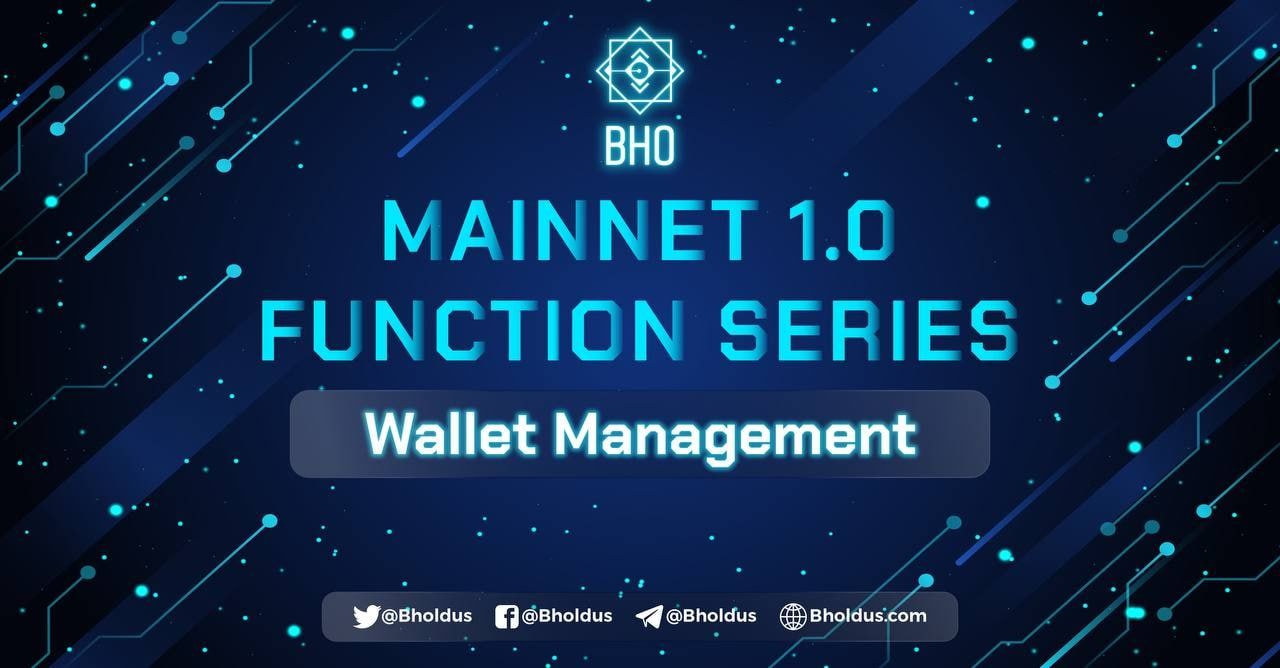- Blog
- Crypto News
- What is Decentralized Storage? Details about Decentralized Storage
What is Decentralized Storage? Details about Decentralized Storage
- 1. What is Decentralized Storage?
- 2. How does Decentralized storage work?
- 2.1 Centralized storage
- 2.2 Decentralized storage
- 3. Advantages and disadvantages of Decentralized storage
- 3.1 Advantages
- 3.2 Disadvantages
- 4. Difficulties facing Decentralized storage
- 4.1 Traditional market
- 4.2 DeFi Market
- 5. Compare Centralized storage, and Decentralized storage
- 5.1 Security
- 5.2 Efficiency
- 5.3 Cost
- 6. Decentralized storage development projects
- 6.1 Filecoin (IPFS)
- 6.2 Storj
- 6.3 PPIO
- 6.4 Sia
- 6.5 MaidSafe
- 6.6 Swarm
- 6.7 BURST
- 6.8 Other projects
Today's world is becoming increasingly digital. Accordingly, new Blockchain technologies appear to gradually replace old ones. One of them is Decentralized Storage, also known as a decentralized cloud storage system. So what is Decentralized Storage? Let's find out with BHO Network.
1. What is Decentralized Storage?
Decentralized Storage is known as a system where each component is responsible for storing a part of data. These components will work together to form a completely decentralized storage network.
Decentralized Storage Operation Model
Like other Blockchain platforms, Decentralized Storage is a network of many Nodes in which each Node will play a role. in securing and storing data with specific operating models as follows:
Store files on Decentralized Storage
Steps to store File on Decentralized Storage system:
- Upload: Users download data to be saved stored on the network.
- Encryption: The data will be automatically encrypted, only you and the authorized person will have access to the data.
- Split: When encrypted data will be split into several parts.
- Distribution: Each part will be stored in different Nodes. Users do not need to trust the host because the host itself only keeps a small part of the encrypted data, thereby greatly increasing security.
Receiving files from Decentralized Storage
Steps to receive files from Decentralized Storage include:
- Collecting data: Parts of data will be gathered, note that for example data divided into 100 parts does not mean that the user will have 100 different parts, maybe only 20 of the rest are duplicates and randomly distributed across the network. Therefore, users only need 20/100 parts to have a complete file when collecting data.
- Decryption: The file is decrypted.
- Downloading files: This process is similar to downloading Files from Google Drive or AWS, etc.
Looking at this model, you can see the security and Decentralized calculation is very high. Users will no longer need to trust service providers and will no longer have to worry about data theft by bad guys.
The greater the weight of Decentralized
According to research by Cloudwards, currently, nearly 94% of businesses and organizations use Centralized Storage service, of which Amazon Web Services (AWS) holds 31% of the market share, Microsoft Azure 20%. and Google Cloud 7%. The fact that power is mostly in the hands of technology giants makes these organizations move to affect the interests of users.
Big names in the world such as Facebook, Google, etc. have been constantly accused of leaking user information in the past few years. It seems that personal data is not really as personal as people think. In addition, customers are paying more and more storage costs, line speeds do not improve much, and other related problems.
Centralized Storage services are essentially servers located centrally in a few places. So when we depend on these services, it is very likely that the data will be attacked and affected by natural disasters or incidents that make it inaccessible to users.
Read more: What is Etherscan? All the details about Etherscan.io
2. How does Decentralized storage work?
So how does Decentralized storage work? Let's compare Centralized Cloud Storage and Decentralized to clarify this.
2.1 Centralized storage
Through the Internet, users can Upload and upload files. It is also possible to download from data servers, which will be relayed or collected data from different servers. If there are data transfer problems, a number of centralized servers in a certain location will be used when necessary.
The purpose of having so many servers is to keep the data accessible even during server maintenance. In order to improve security, when data files are transferred from PC to Server, they will normally be encrypted 128-Bit according to SSL standards. Once on the Server, it can be encrypted up to 256 Bit.
Despite the security measures, only the Platform holds the encryption key, not users like you.
2.2 Decentralized storage
The other case is called Decentralized Storage. This means that the data is stored on many different computers on a decentralized network.
Similar to traditional cloud storage, when you need a file, you can request and receive the File. Requests work the same way they do with BitTorrent and other P2P clients, where you download pieces of data from network participants until the full file is available.
However, this does not mean that the parties holding your files can read them. Instead, Decentralized Storage will automatically encrypt files, and only the user holds the key, ensuring you can only read the files.
Unlike Centralized Cloud Storage which stores data in several centralized points that may not be close to the user, the essence of Decentralized Storage is to distribute and retrieve data processed by nearby peers regardless of physical distance. The result is faster transmission speed due to maximum transmission.
3. Advantages and disadvantages of Decentralized storage
With the above operating mechanism, what are the advantages and disadvantages of Decentralized Storage? You can refer to the information below.
3.1 Advantages
The outstanding advantages of Decentralized Storage are as follows:
- Reliable: Multiple servers simultaneously distribute and store data in a completely decentralized storage network. The system will save a copy in case of any hardware failure. Data will still be protected against intruders with unique hashing and encryption techniques.
- Cheaper: Decentralized Storage system minimizes hardware and software costs. Users don't need to have high-performance devices to store data. The reason is that there are already millions and billions of Nodes in a decentralized network that do this.
- Faster: Decentralized storage system uses peer-to-peer technology, cutting out the middle man. This helps increase transfer speeds, especially when compared to peak times because everyone will be using the centralized cloud at the same time.
- Load balancing: Decentralized storage system reduces the burden on the server. It also helps to reduce network traffic by allowing servers to store multiple-use data in the cache. This means that the server does not need to be constantly accessing the server to get what they want.
- Fair Pricing: With millions and billions of potential nodes, no single node can charge a premium. In case the cost is high, users just need to move to other nodes. This helps ensure only high-quality nodes survive at a reasonable cost.
- Increased security: By dividing data into small chunks and encrypting that data, hackers can hardly access users' files.
- Enhanced privacy: Since the data is encrypted, it cannot be accessed by anyone without a unique hash. Users can store personal information reliably.
3.2 Disadvantages
Besides the great advantages that Decentralized Storage brings to users, there are still a few disadvantages as follows:
- Lack of responsibility: Users, customers and businesses can hardly trust a peer-to-peer network without accountability. In theory, Decentralized Storage should work perfectly, but if something goes wrong during data transfer, no one will be assigned to fix it.
- Complex to develop: Proof-of-Storage consensus mechanism is difficult to implement, requires a solid team of developers and must be experienced in the field.
- Difficult to move: Fully decentralized data storage is relatively new, so there can be problems when transferring data from current cloud storage platforms.
- Potentially Risky: While it's more secure than centralized storage, that doesn't mean it'll be safe forever. As technology evolves to help protect data, it can also develop in the opposite direction, known as data theft.
- Not widely accepted: Since this is a new technology, it will take some time to become mainstream. Decentralized Storage is still in its infancy, and businesses won't just dump all their data into a decentralized network right away. In short, this is a slow flow.
4. Difficulties facing Decentralized storage
Although Decentralized Storage Platforms are bringing great potential, there will still be barriers to development, and to the stage of widespread application Some of the difficulties that the system is facing are:
4.1 Traditional market
According to Fortune Business Insights research, to Currently, the traditional cloud storage market is worth about 70 billion dollars. With an average growth rate of about 26.2%, the market will be worth more than a hundred billion dollars within the next 2 years. Therefore, this is a very potential market for Decentralized Storage segment.
But what makes Decentralized Storage potential lies not only in the traditional market but also in the Defi market with "decentralization" at the forefront.
4.2 DeFi Market
For example, on the Ethereum platform, Ethereum is also considered a Decentralized Storage system, the data is put onto the Block, which is then Validated and uploaded to the Chains. However, this is not what Ethereum was designed to do. Currently, the Ethereum network is storing data in the range of 500GB -1TB.
If the Ethereum system continues to expand at its current rate and store a lot of data (about 5TBs), the network will limit a large number of active Nodes. At the same time the cost to download that amount of data is very expensive.
Currently, the data of cryptocurrencies like DeFi, NFT is still being stored mostly Off-chain. Therefore, to go to Decentralized, there will be data migration to Decentralized Storage networks soon.
5. Compare Centralized storage, and Decentralized storage
Here, let's compare with BHO Network between Centralized Storage and Decentralized Storage below.
5.1 Security
About Centralized Storage, data will be stored on centralized servers in several places, making Hackers can catch this database. Although the above data is encrypted, if bad guys attack the database, the data is not guaranteed to be safe.
Centralization of servers also reduces disaster resilience, which leads to the entire database may collapse if affected by a disaster.
As for Decentralized Storage, data has many layers of security through things like being stored in many Nodes in the network, data is encrypted, etc. The problems of natural disasters also do not seriously impact the operation of the entire network.
Up to now, there have been no reports of significant attacks related to Decentralized storage. This technology still needs some time to prove its ability to be secure.
5.2 Efficiency
About Centralized Storage, because data is stored centrally on fixed servers, but Traffic is limited. It is this that causes the system to have problems with network congestion when too many people access the system, affecting the speed of downloading or saving files as well as the user experience.
As for Decentralized Storage, the data file will be divided into many small arrays and stored in many nodes of the network, reducing the burden of storage capacity for network participants. Besides, network congestion is also significantly reduced.
5.3 Cost
In fact, the storage cost of Centralized Storage is lower than that of Decentralized Storage because Decentralized storage has not reached the number yet. The ideal number of Nodes. Moreover, the operating model of data storage networks is not the same. To be able to achieve the required number of Nodes is still a painful problem for Decentralized Storage.
The storage cost of Centralized Storage is still lower than that of Decentralized Storage
6. Decentralized storage development projects
With the vast potential that Decentralized Cloud Storage brings, a few project names have pioneered the direction and completed the project. improve their own platforms. Here are a few prominent names among the many Decentralized Storage development participating in the above field.
6.1 Filecoin (IPFS)
Filecoin (IPFS) is one of the prominent names thanks to its use of open source distribution protocol. This is a protocol that transmits information based on what the information is, not where it is stored.
Filecoin is currently developing on its own Blockchain platform and focuses on data storage and distribution. To understand more about how it works, you can refer to the following articles. Although Filecoin has great potential, this product has not yet been launched on the Mainnet.
6.2 Storj
The Storj project is developed based on the Ethereum network, Storj aka Tardigrade, designed for storage purposes. The project works by splitting and encrypting files from customers before distributing those data to thousands of Nodes worldwide.
Besides, Storj is also known as an open source project with a decentralized storage side even at the centralized sorting and indexing stage.
Read more: What is FOMO and FUD syndrome? How to get over it?
6.3 PPIO
Although it is a relatively new face, PPIO is a potential project for development. PPIO focuses on developing decentralized storage space and data transfer platforms. The project is developed by the team that created PPTV.
6.4 Sia
Predicted as one of the names with great potential for development in the future, Sia is continuously appreciated in the top list of projects. Altcoin, thanks to its Token integration with highly applicable products.
Originating from Hackathon HackMIT 2013, over the course of a few years, Sia has continued to develop with the goal of becoming the "backbone of Internet storage". With a low price and large storage space, this is considered a project worth your attention.
Sia is one of the very promising projects with very low cost and large storage space
6.5 MaidSafe
Similar to the Filecoin projects, MaidSafe also has great ambitions for further development in the future. MaidSafe has more than 13 years of experience in the industry and is still trying to build a decentralized Internet.
Maidsafe always ensures that every File uploaded to the SAFE network will be fully encrypted. In addition, the files will not be stored on any system that prevents third parties from accessing user data.
6.6 Swarm
Similar to Storj, Swarm is also a project focused on developing a completely decentralized Data Storage Platform based on Web3 Ethereum. Similar to other competitors pursuing Decentralized Storage, Swarm fully believes in a fully decentralized future and is currently building a number of Base Layer services for Web3 to support those goals.
6.7 BURST
BURST has had a time of storm in the community with the development of the world's first Proof of Capacity cryptocurrency for use in Turing Smart Contract system.
BURST started with the development hard drive space and will later use this space to store data. In addition, the project has also developed a Non-custodial Cross-platform mobile wallet called Phoenix. Next is expected to develop Protocol Proof-of-concept 3.
6.8 Other projects
In addition to the Decentralized projects mentioned above, many other projects are implementing different data storage solutions, such as Genaro, TrustSQL, Lambda, ThunderChain, TOP Network, 0Chain, Internxt, ArchonCloud, OneThingCloud and many more. This proves the potential of the Decentralized Storage market.
Related posts:
- What is Metaverse? All the information you need to know about the Metaverse
- What is GameFi? Everything about GameFi projects
The above article has informed you of all the details about Decentralized Storage. After this, we hope you have the answer to the question What is Decentralized Storage? Currently, Decentralized Storage is growing quickly and has a lot of potential in the future. Remember to follow upcoming articles of BHO Network to update the latest information.
Published on July 20, 2022
Tagged topics







